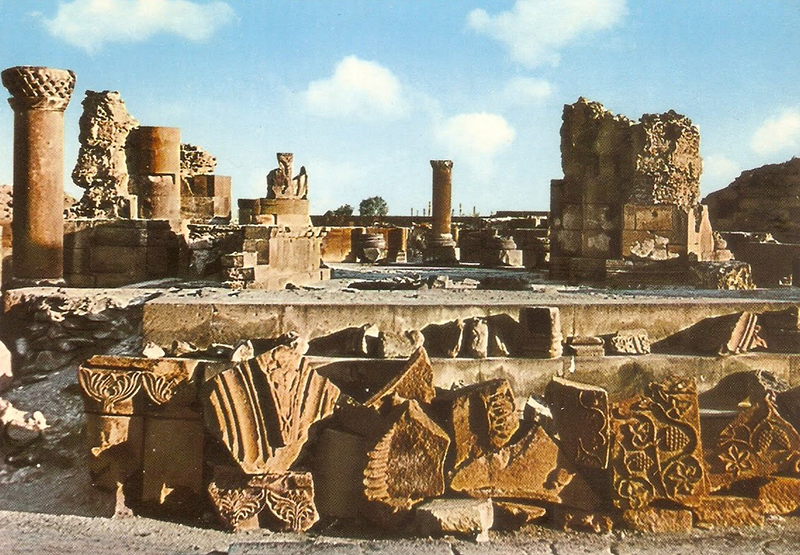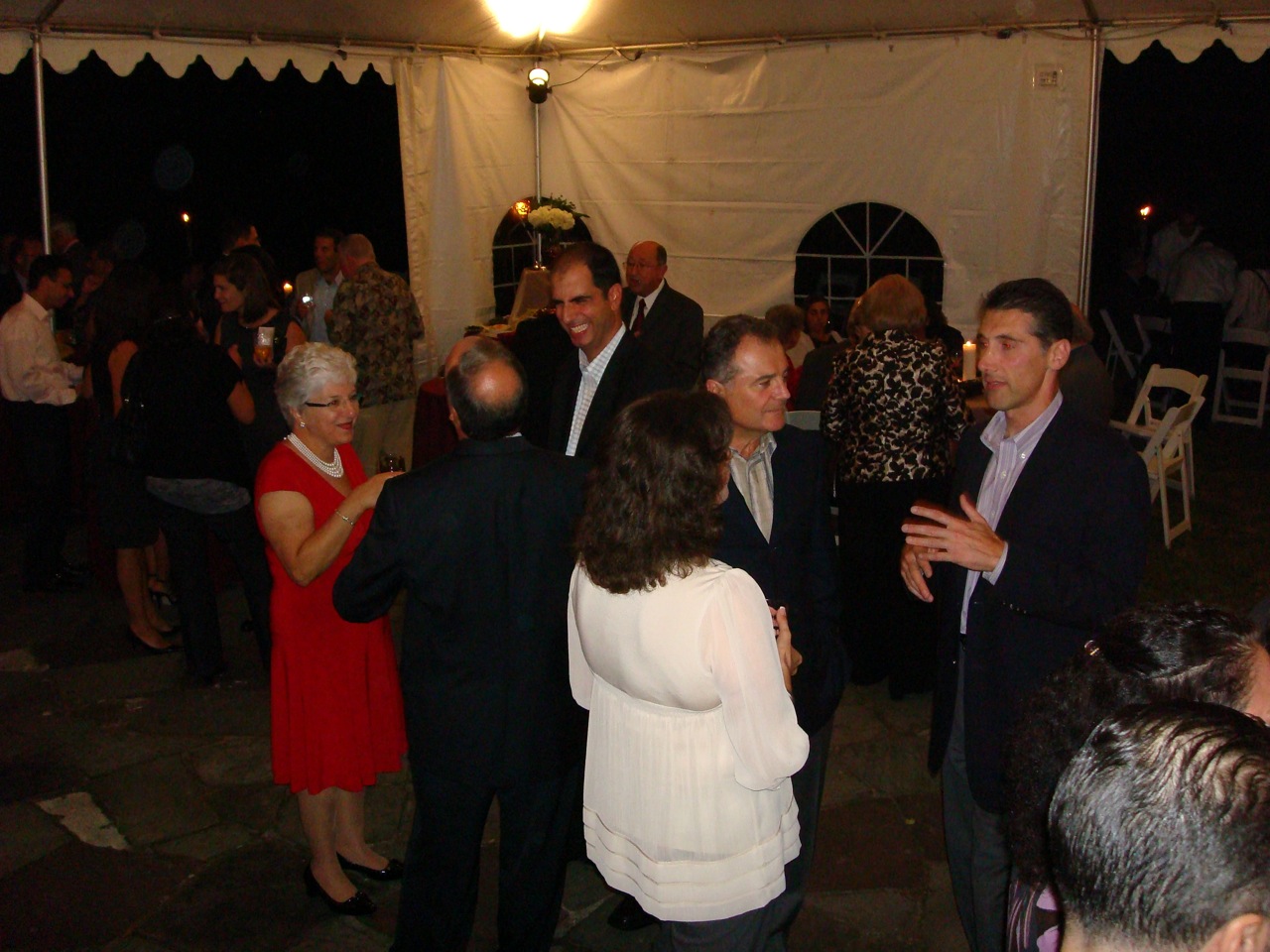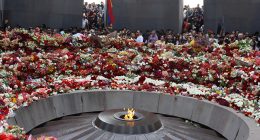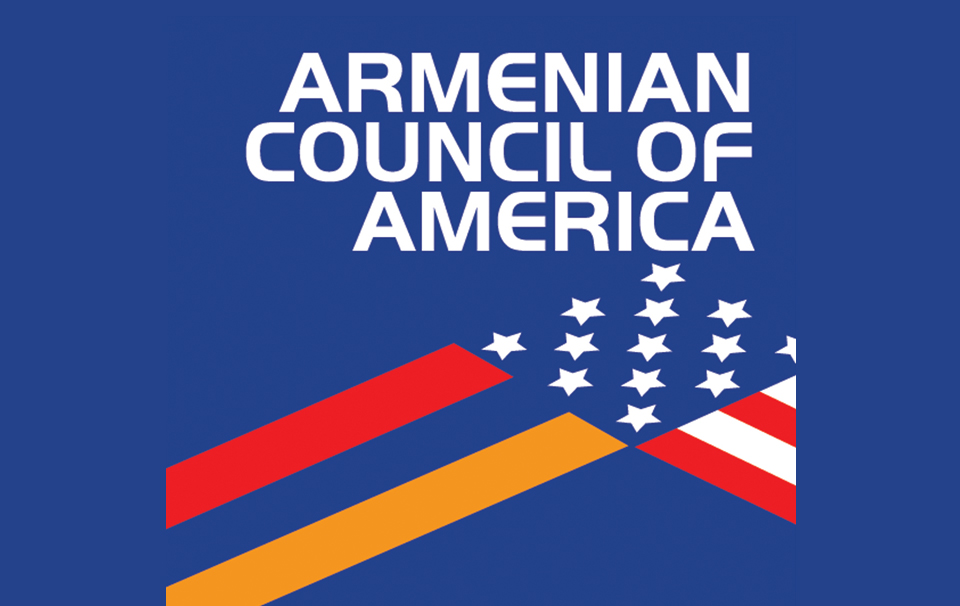By Dr. Dikran Dalian,
Board Member of the ARPA Institute
On May 13th, two recent publications related to Armenian archaeology and history were presented to the public at the Faculty Club of UCLA.
One of them, “Archaeological Heritage of Armenia”, in Armenian and English, is published by Hushardzan Publishers, Yerevan (2013). It was presented by its editor Prof. Hakob Simonyan of the Research Center for Historical – Cultural Heritage in Yerevan. The bulk of the book is devoted to a review and interpretation of archaeological discoveries in Armenia, including the most recent ones, from the Stone Age to the Bronze Age to the Kingdom of Van (Urartu), to the Achaemenid and Hellenistic periods. The last two chapters concisely cover the architecture of medieval churches and monasteries.
The colorful and richly illustrated book is sure to interest the casual tourist as well as someone deeply interested in archaeology. As expressed in the introduction, the Armenian Highland is the cradle of the Armenian people. Inhabiting this territory for thousands of years, the Armenian-speaking ethnic groups formed a nation, established their kingdoms and ancient civilizations creating a unique and bright culture. This survey is a testimony to the very important role that Armenia played in the context of old world civilizations.
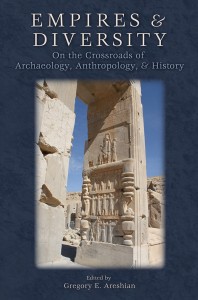

(1) “An Archaeology of Hegemony: The Achaemenid Empire and the Remaking of the Fortress in the Armenian Highlands”, by Prof. Lori Khatchadourian of Cornell,
(2) “Sasanian Imperialism and the Shaping of Armenian Identity”, by Prof. Gregory Areshian of UCLA.
Both papers deal with imperial policies during the sequence of the Achaemenid – Parthian – Sasanian empires and the Armenian responses to those policies over that long period of time.
L. Khatchadourian develops the concept of cooperative hegemony that is so characteristic of Iranian empires. Bringing forth archaeological evidence, she demonstrates that outside a few centers of Achaemenid presence, rural communities in Armenia enjoyed relative peace and prosperity, undisturbed by the superficial imperial domination.
G. Areshian considers the Sasanian revolution of 224 CE as the trigger for the emergence of Armenian national identity. To support his analysis Areshian uses the interdisciplinary approach cross-verifying the traditional historical narratives against the archaeological evidence. This new analysis “differs fundamentally from the traditional nationalistic account of Armenian history”.
Both books are highly recommended to those interested in new interpretations of Armenian history and archaeology. They shine a spotlight on recent archaeological advances in Armenia and add substantially to our understanding of Near Eastern civilizations. They can be purchased on Amazon.

